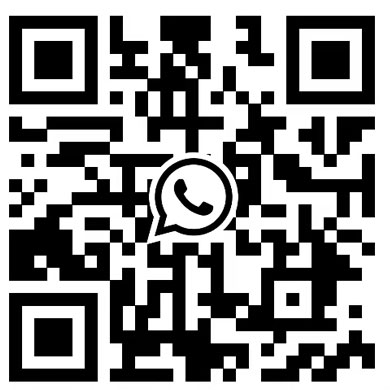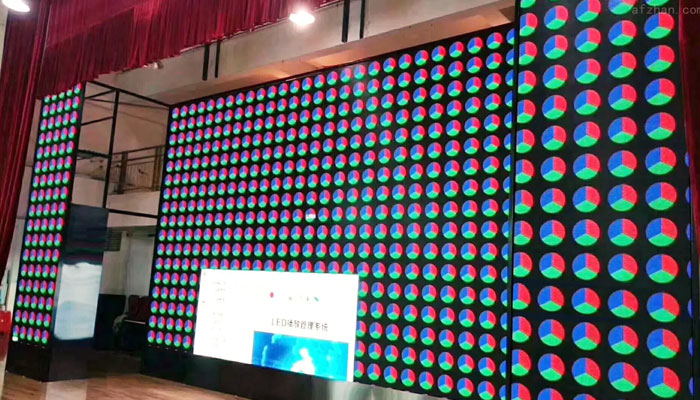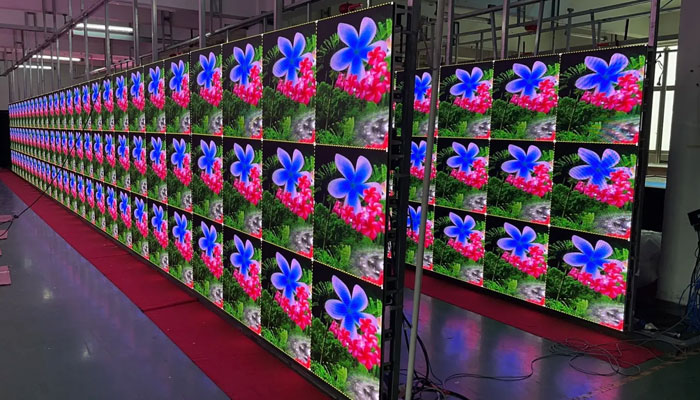You’re walking down the street when suddenly a giant astronaut climbs out of the building’s exterior wall and waves at you. You might be startled, but the giant quickly retreats. Only then do you realize it’s not real—it’s just a video.
This is the charm of a 3D billboard. Have you ever considered creating a 3D billboard for advertising purposes? How to make a 3D billboard? Follow this article to find out.

How to make 3D billboard?
Define Your Requirements
Before preparing to make 3D billboard, you need to first clarify the core requirements for creating the 3D billboard. Are you planning to use it to host advertising campaigns for other businesses, or as a city landmark to display public service videos?
Additionally, your expectations regarding the scale, visual effects, and other aspects of the 3D billboard will significantly impact the subsequent installation plan. Therefore, it is essential to confirm these requirements in advance to ensure the final product aligns with your expectations.
Confirm Installation Location
The installation location of a 3D billboard directly impacts the speed of content dissemination and exposure efficiency. To achieve optimal marketing results, you should conduct market research in advance to identify a location with sufficient foot traffic, ensuring the 3D billboard’s baseline exposure volume.
Assessing Viewing Angles and Distances
A 3D billboard cannot make true three-dimensional objects; at its core, it is an LED display. Therefore, it must be viewed from a specific angle to achieve the maximum three-dimensional visual effect.
Viewing distance also affects the viewing experience. You should conduct on-site inspections at the anticipated installation location in advance, documenting areas with high foot traffic and optimal viewing angles.
These data points can serve as references when designing video content for the 3D billboard in the future.
Purchasing a 3D Billboard
After understanding the installation environment for the 3D billboard, determine its shape, size, and specifications based on the environment.
Typically, 3D billboards are designed in an L-shaped corner configuration because a three-dimensional 3D billboard enhances the 3D visual effect; as an advertising sign, it must be sufficiently large to attract the attention of passing crowds; and to achieve a more realistic and detailed image, the 3D billboard requires a higher resolution.
After determining the purchase requirements, compare prices among multiple LED suppliers based on the purchase requirements, comprehensively evaluate their product quality and prices, and select the LED supplier with the best cost-performance ratio to procure the 3D billboard.

Creating 3D Videos
After completing the above steps, you have obtained a suitable 3D billboard. A successful 3D billboard not only requires exceptional quality but also a well-designed 3D video.
A high-quality 3D video enhances the stereoscopic effect of the subsequent 3D billboard video playback.
Story script creation
Before producing the 3D video, you need to communicate with content creators in advance about product selling points, key messages, and brand stories, then make the video’s story script based on this information to clarify the overall content of the 3D video.
Scene and Character Modeling
Use professional software to build scenes and model characters or products. During this process, reference the product’s real-life imagery and compare it with the models, continuously refining the designs.
Additionally, ensure the modeling proportions between the main subject and surrounding scenes are harmonious, achieving the most accurate and realistic representation of the product model.
Animation Generation
After completing all product, character, and scene modeling, use software to design the movement trajectories and changes of the main subject within the scene and generate the animation.
Generally, the climax of a 3D animation design features a highly immersive, impactful scene that enhances the 3D visual experience. When creating this scene, ensure it aligns with the optimal viewing angle identified earlier, which should also correspond to the angle that attracts the largest audience.
Rendering
After completing all modeling and animation generation, the video footage may appear strange and monotonous in color. Don’t worry—this is because the footage has not yet been processed with rendering software to apply realistic textures and colors.
After professional rendering software processing, objects that previously resembled stone will immediately appear more realistic. Combined with lighting and shadows, the footage will gain a stronger sense of depth and realism.
Special Effects
Some 3D animation videos require the addition of dazzling special effects to make the visuals more vibrant and eye-catching. However, special effects production is relatively expensive, typically charged by the second. If the budget is insufficient, this step can be omitted.
Final Output
After the video is completed, it must be exported in the correct format. The video resolution should ideally match the 3D billboard’s resolution to avoid blurriness when played on the billboard.
The frame rate must be sufficiently high to prevent lag or loss of 3D effects, which could impair the viewing experience.
Testing and Calibration
After the 3D video is completed, it should be tested by playing it on the 3D billboard to observe whether the 3D effects meet expectations, whether the optimal 3D viewing angle aligns with the location with the highest foot traffic as determined by research, and whether there are any awkward transitions in the video.
If any issues arise that do not meet expectations, promptly contact the video production team for revisions.
Official Launch
Once everything has been thoroughly checked and confirmed, you can officially launch the 3D video on the 3D billboard for promotional and marketing purposes. We are confident that your 3D video will captivate all viewers with its hyperrealistic, three-dimensional visuals.

Important Notes
Low Resolution or Refresh Rate
Realistic and detailed visuals require a high-resolution, high-refresh-rate LED display as a foundation. Therefore, when selecting and purchasing a 3D billboard, ensure that the pixel pitch does not exceed 2.5mm and the refresh rate is no less than 3840Hz.
If the refresh rate is too low, it may cause the video to transition between frames too slowly, resulting in unusual patterns when captured by a camera.
Cost control
Purchasing a product must be based on cost alignment with expectations, especially for electronic devices like 3D billboards with high initial investment costs. When selecting specifications, it is crucial to ensure costs remain within budget to avoid subsequent expenditure exceeding financial capacity, which could lead to the failure of the 3D billboard project.
Incorrect Viewing Angle Settings
The strongest 3D visual effects of most 3D billboards are limited to a narrow viewing angle. Therefore, when collaborating with content creators, it is crucial to clearly identify the areas with the highest foot traffic around the 3D billboard.
Ensure that content creators prioritize this area in their design to avoid reduced promotional effectiveness due to incorrect viewing angle settings.
Overly complex scene design
Creating 3D video content is already a time-consuming and labor-intensive process. To emphasize the three-dimensional effect of the main subject or product, video creators often need to meticulously design the perspective of the main subject and add special effects to maximize its three-dimensional impact.
In such cases, attempting to add more additional items to the scene may make it difficult to achieve consistent three-dimensional perspective effects for all items, resulting in flattened additional scenes that reduce the three-dimensional effect of the main subject.
Additionally, complex scenes can overload the video with information, diminishing the promotional impact of the main product.
Ignoring physical constraints
Due to its unique “L”-shaped design, assembling the LED cabinets at the corners of a 3D billboard presents significant challenges. It is recommended to use corner LED display or curved LED display with built-in angles to construct the corners of the 3D billboard.
Avoid using other types of LED display, as this may result in misaligned seams or physical compression causing the LED screens to deform, thereby reducing display quality.
Conclusion
As long as you seek professional assistance for the transportation and installation of the 3D billboard, and collaborate with professional video creators to produce 3D content, ensuring optimal performance in every environment, your 3D billboard will undoubtedly shine brightly, displaying stunning 3D visuals in commercial areas and achieving viral marketing effects.



